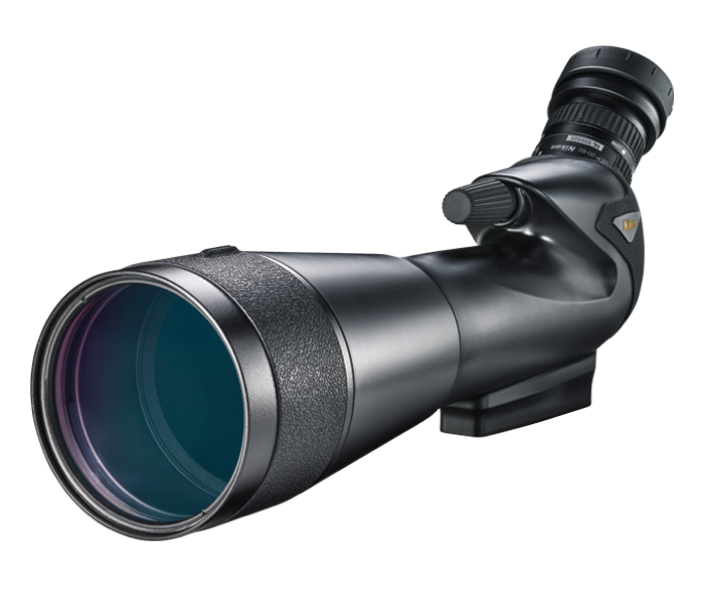Telephoto Lenses - Capturing the Unreachable

Focusing on the Horizon
Telephoto lenses have long been a fascination for photography enthusiasts and professionals alike. The ability to capture distant subjects with precision and clarity has made them an indispensable tool in various fields, including wildlife photography, sports photography, and even astronomy. In this article, we'll delve into the world of telephoto lenses, exploring their history, technology, and applications that make them an essential component of modern photography.
A Brief History of Telephoto Lenses
The concept of telephoto lenses dates back to the 19th century, with the first prototype developed by Thomas Dallmeyer in 1860. However, it wasn't until the early 20th century that telephoto lenses became more widely available and gained popularity among photographers. The development of telephoto lenses was driven by the need for capturing distant subjects, particularly in the fields of wildlife and sports photography.
The Science Behind Telephoto Lenses
Telephoto lenses work on the principle of optical magnification, where a combination of lenses and mirrors are used to increase the focal length of the camera. This allows photographers to capture distant subjects with greater clarity and precision. The key components of a telephoto lens include:Focal Length: The distance between the camera's sensor and the subject, measured in millimeters. Telephoto lenses typically have a focal length of 70mm or higher.Aperture: The opening that controls the amount of light entering the lens. A larger aperture (represented by a smaller f-stop number) allows more light in, resulting in a shallower depth of field.Image Stabilization: A feature that helps reduce camera shake and blur caused by hand movement or low light conditions.
Reaching New Heights: Applications of Telephoto Lenses
Telephoto lenses have a wide range of applications across various industries, including:Wildlife Photography: Capturing wildlife in their natural habitat, often from a safe distance, is made possible by telephoto lenses.Sports Photography: Telephoto lenses allow sports photographers to capture the action from a distance, often with a shallow depth of field to emphasize the subject.Astronomy: Telephoto lenses are used in telescopes to capture images of celestial objects, such as planets, stars, and galaxies.
Focusing on the Future
In conclusion, telephoto lenses have come a long way since their inception, and their impact on photography has been profound. With advancements in technology, telephoto lenses continue to push the boundaries of what's possible, allowing photographers to capture the unreachable with greater precision and clarity. Whether you're a professional photographer or an enthusiast, understanding the power of telephoto lenses can help you unlock new creative possibilities and take your photography to the next level.











Comments ()